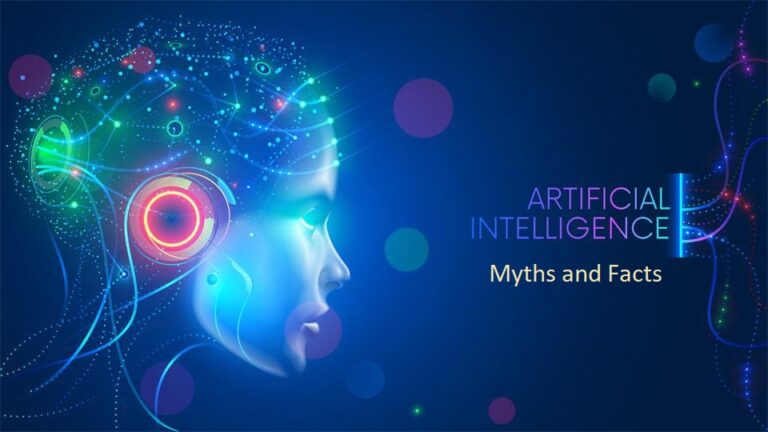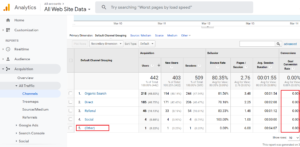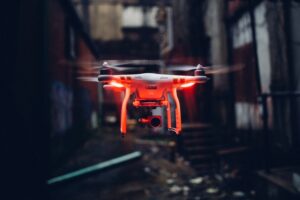Artificial Intelligence has transformed the understanding of possible solutions to any problem. Enterprise-grade AI solutions have been phenomenal. With most innovative Technologies Artificial Intelligence has harnessed life on earth is becoming amazing. From smart cars to automated homes, Artificial Intelligence gave rise to extraordinary and most intelligent options for humans.
In recent times, there has been an AI boom. Artificial intelligence technologies have entered new fields like app development. It has converted mobile phones into smartphones.
“As we are heading towards a rigorous fight against the COVID-19 pandemic, mobile app development with AI integrations can certainly help identify affected people and curb the spread of the virus.”
With 5G technologies, it is creating a new era of more efficient and intensive data networks.
Which is why the Artificial Intelligence market is on the rise? According to Statista, the global AI market will experience a huge leap in revenues increasing up to $126 billion by 2025.
Modern technologies developed around AI like Machine Learning, Natural Language Processing (NLP), Robotic Process Automation (RPA), and Deep Learning will drive the market. As the market grows, there are many myths about AI that need to be countered with reasonable facts. So, let’s decipher some myths with amazing facts for AI.
Myth1: AI will kill Jobs
Every other expert on technology has predicted that AI is here to kill jobs. But, is this the real truth? There is a new breed of technology jobs that AI has created and 80% of businesses believe that these AI-based jobs will help reduce the unemployment rate.
Some of the leading job producing AI-based jobs is:
Data Analytics:
As the source of data is increasing, there is a need to aggregate, record, analyze, and process large amounts of data. This huge amount of data is called Big Data. Data analytics have emerged as a new source of employment for many skilled data scientists.
The field of data analytics deals with the gathering of data, analyzing it, and even processing data. It can handle Big Data heuristics and even use other advanced technologies to predict end results from the data.
Machine Learning:
Machine learning algorithms and models are used for analyzing the data. Algorithms are leveraged to learn the patterns among data and predict the end result. There are AI architects that design, program and execute such algorithms.
Machine learning has been the source of many jobs over the years, ranging from different applications like face recognition systems, voice assistant algorithms, and many others.
Natural Language Processing:
NLP has been the source of jobs in voice recognition and voice assistants have technologies. Smart speakers are the most common examples of NLP based products. It has created a new breed of careers and jobs for skilled professionals.
Artificial intelligence will create 133 million new roles in different industries, which is 58 million more jobs by 2022. Though it may replace about 75 million jobs, the status quo will be in favour of human beings.
Myth2: AI-based Solutions are like one size fits all
The most common belief is that Artificial Intelligence is a one size fit all solution. So, corporate are just going blind behind AI without understanding the exact need and specific application of the technology. Artificial intelligence along with human cognition needs to be taken specifically. Each subfield of AI has its unique capability and the same should be recognized by enterprises for better business outcomes.
There are several key business capabilities that need to be understood by corporate before going for AI-based solutions. Some of these capabilities are:
Simulation:
AI-based solutions for simulations need specific algorithms and models. A firm does not need NLP for simulations of an engine propeller design. Similarly, simulations of a smart car do need NLP rather than an engine simulation. The key here is identifying of specific needs for any business process.
Data Analytics:
Data analytics needs recognition of data patterns, analysis of the data, and finally, recommendations based on the data. These key capabilities of any AI-based data analytics model can help gain insights on several business models.
Voice Assistants:
This is a technology solution that needs sensing, querying, and conversation with any interactive human. This technology can be related to the Internet of Things.
It is a great example of using the AI-based solution for the replication of humans to the human conversation to automate several essential tasks. Here are few ai personal assistants that you need to look for.
Predictive Models:
These AI models use new data to be referenced with empirical data to predict reasonable outcomes. These models are trending, forecasting, projecting, and even predicting future outcomes. They help organizations come up with strategies to tackle the new data and create greater end results.
Data Visualization:
This is another key AI subfield. It deals with describing, classifying, understanding and visualizing the data. It is a key business activity that deals with data classification.
“Companies that deal with Big Data need data visualization. It helps them differentiate between the data, and use classification to understand the true nature of data.”
Diagnostic AI:
Not just for the healthcare sector, diagnostic AI can be helpful in diagnosing many technical problems too. It deals with diagnosing, deciding and reasoning with data patterns of any problem to come up with diagnostics.
Myth3: AI is an Automatic Technology without Human Intervention
This is probably the biggest myth among many faithful AI-devotees. Artificial Intelligence needs human cognition for a greater understanding of data and learns from it. An AI model or algorithm can learn in three basic ways.
Supervised Learning:
AI models learn from the data through human guidance and constant human monitoring. It is like human intelligence training the machine for better learning.
Unsupervised Learning:
This can be considered as an automatic process, where the model explores self-learning from the existing data without human guidance. But, yet the data input is not totally autonomous with respect to all the resources and there may be human intervention.
Reinforcement learning:
It leverages a spontaneous learning process. AI models learn from situational solutions to different problems. It is like a specific key for a particular lock.
“AI algorithms learn from examples of problems and their solutions in certain situations. Making the learning process more human-like.”
Conclusion:
Artificial intelligence has been the anchor of advanced technology. There is no denying the fact that AI is certainly making automated processes a reality. But, before investing heavily in this technology, you should understand the specific need for it.
AI needs huge infrastructure, organizational structure changes, and investment into a lot of research. There are applications of AI into IoT based apps that can be explored by organizations.
Firms can leverage an app development company to achieve such integrations. So, before, committing to the AI strategy for your business, break these myths with relevant facts and make your business more efficient through effective AI.










